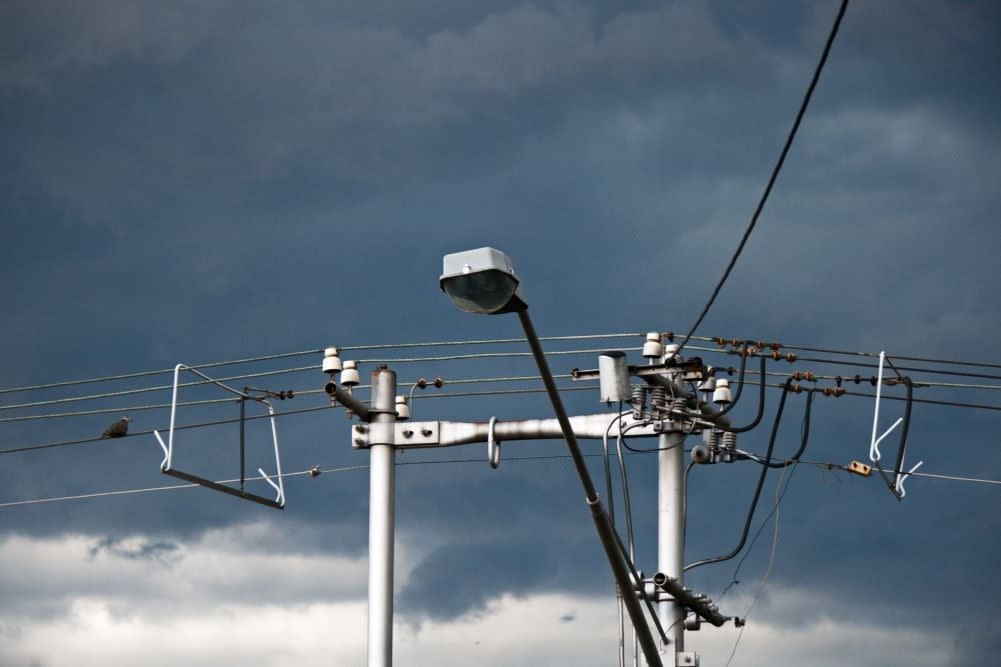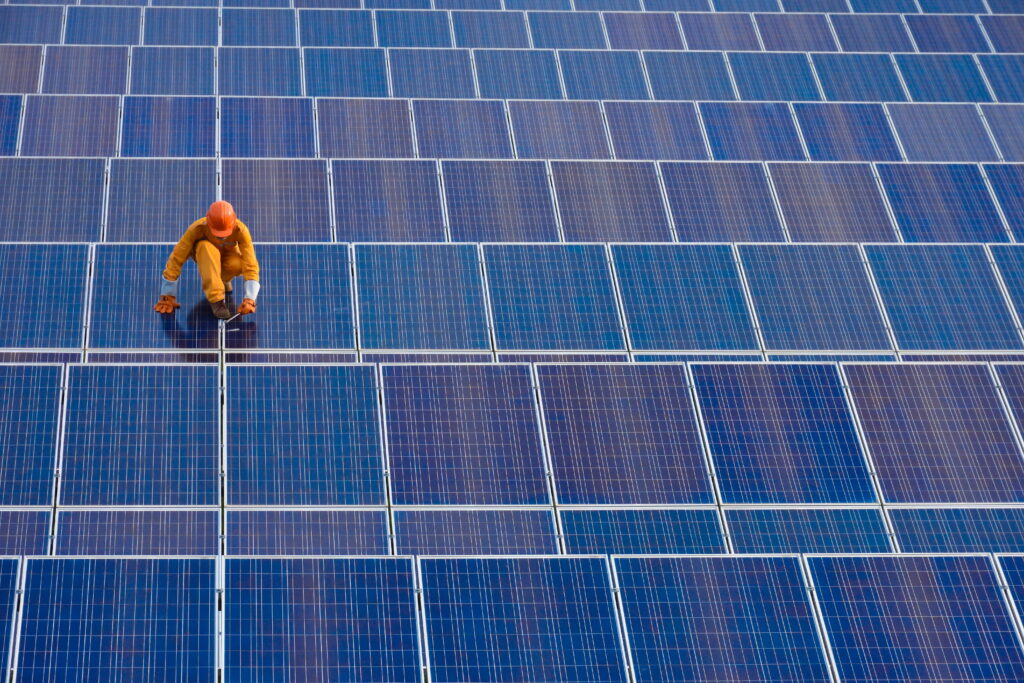Mega project finance deals coming despite macro headwinds
A raft of mega project finance deals is coming to the market despite higher construction and borrowing costs, with project finance lending teams inaugurating 2023 with billions in debt requests from LNG sponsors. The inundation of LNG deals could have ripple effects on the wider project finance market, as liquidity dries up and lenders become more selective in their debt allocations.
Sempra and ConocoPhillips are in negotiations to raise nearly USD 7bn to fund the Port Arthur LNG project in Texas, while NextDecade is discussing terms for up to USD 12bn in debt for the financing of the Rio Grande LNG export project, also in Texas.
Other LNG project sponsors are expected to knock on lenders’ doors later this year.
A joint venture between five companies, including Sempra Infrastructure and Mitsubishi Corp., is expected to raise debt for the Cameron LNG project. Venture Global LNG is anticipated to come again to the markets to raise money for the Plaquemines 2 LNG project. Energy Transfer Equity is developing the Lake Charles LNG project, and Cheniere, which was recently assigned an investment grade issuer rating by Fitch, is a traditional sponsor known to lenders.
Conservatively speaking, non-recourse debt allocated to the LNG sector could surpass USD 30bn, split into greenfield construction financings, upsizings and refinancings.
As an example of the new pricing environment, Venture Global LNG yesterday priced a USD 1bn senior secured bond to the debt capital markets seeking to partially refinance previous term loans. The bond priced at 6.25%, a hike over the coupon on its 3.875% USD 1.25bn senior secured notes due 2033 issued in November 2021.
“It is not a sponsors’ paradise anymore,” one project finance banker focused on originations says.
The effect of rising interest rates was already being felt in 4Q22 when the spread widened to 175bps from 150bps over the benchmark for the approximately USD 5.8bn in non-recourse debt to fund the Champlain Hudson Power Express project (CHPE). Its sponsor, Transmission Developers Inc. (TDI), is a Blackstone portfolio company.
Taking up space
The burst of borrowing for LNG deals comes as a welcome development for project finance lenders seeking exposure to large, credit-worthy sponsors. But the LNG borrowing activity threatens to divert resources from other emerging energy sectors that are hungry for financing.
“The LNG deals are going to be considerably big underwriting commitments, with their corresponding fees,” a project finance lender points out. “When banks start the year allocating that level of resources, after that teams can afford to be selective, thinking more cautiously about what project to support, and under what terms and conditions,” the banker adds.
Industry sources agree that liquidity is starting to feel tighter among project finance lenders. In parallel with the LNG deals, investors including banks have options to allocate money to instruments that carry higher yield, which was not the case during years of low interest rates.
“And banks are still the cheapest alternative, which puts us in a position to be more selective. What are the sponsors going to do, go to the DCM or TLB markets?,” the originator points out.
Other sectors will need to be active in the capital markets this year. Infralogic data suggests that, in 2023, the amount of structured debt associated to all infrastructure sectors reaching maturity amounts to nearly USD 37bn, USD 32.8bn of which was provided by term loan lenders.
Borrowers that are forced to refinance transactions will have to execute deals in a more expensive credit environment. Sponsors that can afford to wait for better conditions will likely sit comfortably in the terms secured already, industry sources agree.
“Companies that are known, with a track record, will probably manage to negotiate deals on favorable terms, even if not as low-priced as before because the market isn’t there anymore. But what are the conditions going to be for new companies? Or mid-size companies? Or projects with considerable merchant exposure?,” another originations banker says.
Still absorbing
The market might still be absorbing the interest rate shift – and whether spreads get wider or narrower in 2023 is a prediction that industry players don’t want to make.
“Spreads are wider, sure, but I feel cautious even talking to my colleagues in originations about where pricing might be a month from now, it feels like the adjustment is not over,” a project finance syndicator adds.
Developers have been negotiating financings for stand-alone battery energy storage systems projects with considerable merchant exposure. Solar plus batteries and renewables portfolios are likely to draw capital, but not at higher levels than last year, the first project finance lender says.
Last year, according to Infralogic data, USD 22.4bn in non-recourse debt was allocated to greenfield renewables projects. The value fell compared to 2021 and 2020, although it remained higher than in 2019.
“This makes sense, because 2022 was a year with plenty of headwinds,” the syndications banker notes. “Supply chain issues, rising inflation, labor issues, higher development costs across the board, and the expectation of legislative actions that had plenty of folks waiting to see how to take advantage of the changes… All that results in a thinner pipeline of renewables transactions. The question is what are the projects that will be debt ready now, under these new set of circumstances,” he adds.
In another expected mega deal in 2023, Pattern Energy Group is anticipated to close the debt financing of more than USD 8bn for its Sunzia wind plus transmission project in New Mexico.
Elsewhere, offshore wind projects, which were expected to raise debt this year, are now likely to remain on hold because the higher costs of construction might not be offset by the value of the power purchase agreements already signed.











